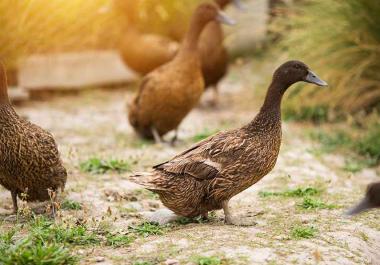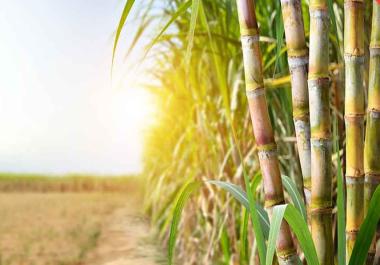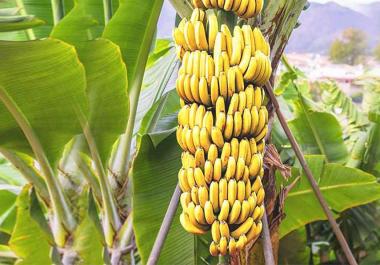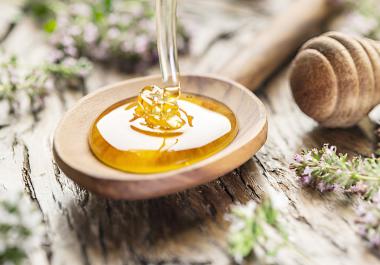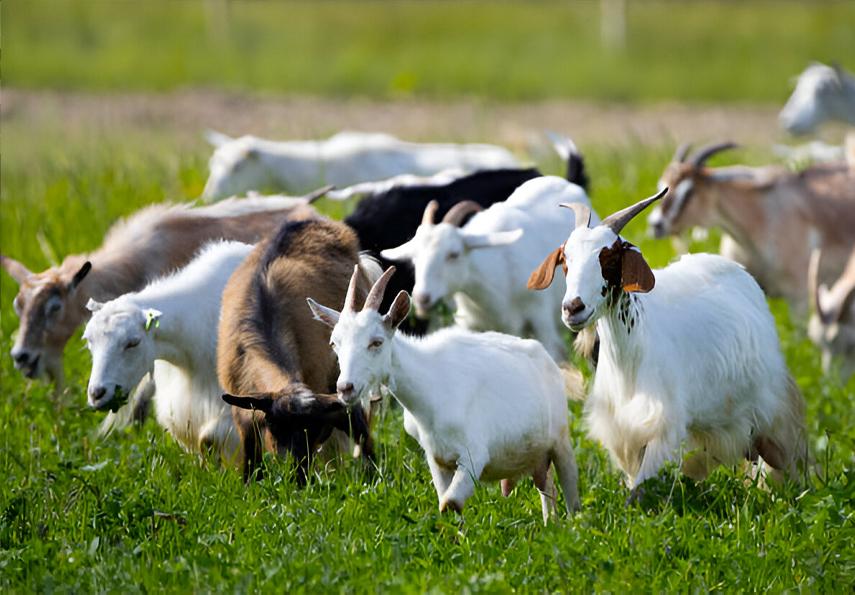
Project Overview
1)As this is a Murabaha contract (buying for production and selling), there is no provision for emergency exits for investors. We will be responsible for procuring, nurturing, and raising the goats for production. After selling them we will return your investment amount, but not before the project concludes.
2) Duration of Investment
The total investment amount will be - 65,70,800
This investment will be for 9 Months.
3) Projected ROI(Return of Investment)
The return on investment (ROI) will be 38% annually. In nine (9) months, the investor will receive a halal dividend of 28.5% (excluding service charges).
4) Investment Part
Here, the minimum investment would be 12,000 TK, or investors can invest up to the project limit. Halal dividends will be disbursed every 9 months.
For example, if someone invests 100,000 TK (one lakh taka), they will receive 138,000 TK, excluding service charges (100,000 TK as the investment part and 38,000 TK as the profit part in a year).
5) Loss Sharing
Grow Up is a Shariah-compliant project, and according to the Murabaha principle, investors bear no responsibility for any business losses after transferring the liabilities related to goat production for sale to the merchant. Consequently, there will be no loss sharing from the business after the handover of the goats to the merchant.
6) Service Charge
Grow Up will apply a 5% service charge on investors' profit. It should be noted that all of the mentioned ROI above are provided after excluding this service charge.
7) Contract Conditions
Investors will enter into a Murabaha Agreement with Grow Up for the Goat Project, which follows a "buy-production-and-sell" process. In this arrangement, investors will purchase the products through Grow Up and oversee the production, which will be sold through the same channel. Grow Up will serve as an agent for the investors, acquiring the goats, assuming ownership and the associated risks on their behalf, and subsequently selling them to the designated merchant.
8) Risk Factor
According to our calculations, the risk factor stands at 8%. However, with GrowUp's expertise in goat procurement, a dedicated nurturing and raising team, and a strong marketing strategy, we are confident in our ability to mitigate these risks effectively, as previously outlined. Additionally, in response to investor requests, we offer an insurance policy to provide further assurance.
9) Payment Delay
Grow Up has conducted an in-house analysis of the projected returns of the business and expects to be able to repay on time, barring any unforeseen risk factors.
10) Security
Grow Up provides the following documents to investors:
- Contract Deed (300 tk Stamp)
- Security cheque
- Money Receipt
- Guarantor
- Copy of Authorized deed
Project About
Goat Farming Project: A Comprehensive GuideIntroduction
Goat farming is a growing agricultural enterprise that offers numerous benefits, including profitability, sustainability, and the potential for smallholder farmers to improve their livelihoods. Goats are versatile animals that can be raised for milk, meat, fiber, and even as pets. This guide outlines the essential components of initiating a successful goat farming project, addressing planning, management, and economic viability.
1. Planning Your Goat Farming Project
1.1 Define Your Goals
Before starting a goat farming project, it is crucial to define your goals. Common objectives include:
Meat Production: Raising goats for meat (chevon) is popular and lucrative.
Dairy Production: Goats can produce high-quality milk, favored for its nutritional value.
Fiber Production: Certain breeds, like Angora and Cashmere goats, produce valuable fibers.
Land Management: Goats can effectively manage weeds and brush in overgrown pastures.
1.2 Choose the Right Breed
Selecting appropriate goat breeds for your farm is essential. Some common breeds include:
Dairy Goats: Saanen, Nubian, and Alpine are well-known for milk production.
Meat Goats: Boer goats are popular for their rapid growth rates and quality meat.
Fiber Goats: Angora and Cashmere goats are sought after for their fiber.
Dual-Purpose Goats: Breed such as Kiko and Nigerian Dwarfs can be raised for both meat and milk.
1.3 Site Selection and Land Requirements
Choose a site with adequate space for grazing, shelter, and access to water. Consider the following:
Land Size: Ideally, allocate 0.5 to 1 acre per 5-10 goats, depending on the grazing quality.
Shelter: Provide protection from extreme weather. Goats need a clean, dry shelter with proper ventilation.
Fencing: Adequate fencing is crucial to protect goats from predators and prevent them from wandering.
2. Essential Management Practices
2.1 Feeding and Nutrition
A well-balanced diet is key to healthy goats:
Forage: Goats are natural browsers; provide a diet rich in various plants like shrubs, trees, and herbs.
Concentrates: Supplement their diet with grains, pellets, and mineral blocks to meet energy and nutritional needs.
Watering: Ensure access to clean water at all times. Adult goats consume about 2-3 gallons of water daily, depending on climate and diet.
2.2 Health Management
Maintaining the health of your goats involves regular check-ups and preventive measures:
Vaccination: Vaccinate against common diseases like pneumonia, CD&T (Clostridium perfringens and tetanus), and rabies based on local advisories.
Parasite Control: Implement a deworming schedule. Regular fecal tests can help determine parasite load.
Regular Checks: Monitor for signs of illness (e.g., cough, lethargy) and maintain accurate health records.
2.3 Breeding Practices
Breeding goats requires planning:
Breeding Season: Goats are seasonal breeders; plan breeding according to local climate conditions.
Breeding Methods: Choose natural mating or artificial insemination depending on your management capacity.
Kid Care: Provide extra care for pregnant does and newborn kids, ensuring they receive colostrum shortly after birth.
2.4 Record Keeping
Keeping detailed records is vital for effective management:
Health Records: Document vaccinations, illnesses, treatments, and breeding histories.
Financial Records: Track income and expenses related to feed, healthcare, equipment, and sales to assess profitability.
Production Records: Monitor milk production and growth rates to gauge farm performance.
3. Economic Considerations
3.1 Startup Costs
Understanding startup costs is critical for budgeting:
Land and Shelter: Costs for renting or purchasing land and building appropriate shelter.
Animals: Initial purchase cost of goats can vary significantly based on breed and age.
Equipment: Costs for feeding, watering systems, and fencing materials.
3.2 Ongoing Expenses
Regular operational costs include:
Feed Costs: Allocate 40-60% of total expenses to feed and nutrition.
Healthcare: Budget for veterinary services, vaccinations, medications, and parasite control.
Labor: Consider the cost of hiring help if needed, especially during busy periods like kidding season.
3.3 Revenue Generation
Consider potential revenue streams:
Milk Sales: Offer fresh milk or dairy products such as cheese and yogurt.
Meat Sales: Market goat meat to local butcher shops or direct to consumers.
Fiber Sales: If raising fiber goats, sell raw fiber or processed products.
4. Marketing Strategies
4.1 Identifying Your Market
Understanding your target market is critical:
Local Demand: Research local markets for meat, dairy, and fiber products.
Niche Products: Explore opportunities to sell organic or specialty products.
4.2 Building Customer Relationships
Develop relationships with your customers:
Farmers’ Markets: Sell directly to the public, allowing you to establish a loyal customer base.
Online Sales: Utilize social media and e-commerce platforms to market your goats and products.
4.3 Branding
Create a strong brand identity:
Brand Name: Choose a name that reflects your farm’s values and product offerings.
Packaging: Use attractive and eco-friendly packaging for products to attract consumers.
5. Challenges and Risks
5.1 Animal Welfare
Ensure humane treatment of goats. Poor management can lead to health issues and reduced production.
5.2 Market Fluctuations
Be aware of market trends, as prices for goat products can fluctuate based on demand.
5.3 Environmental Considerations
Goats can contribute to land degradation if overgrazed. Implementing rotational grazing practices can mitigate this.
Conclusion
Goat farming presents a viable opportunity for economic development and sustainability. With proper planning, management, and marketing strategies, farmers can establish a successful goat farming project that meets the needs of consumers while contributing to their livelihoods. By focusing on healthy animal management, efficient feeding practices, and effective market relationships, goat farming can become a lucrative endeavor.

